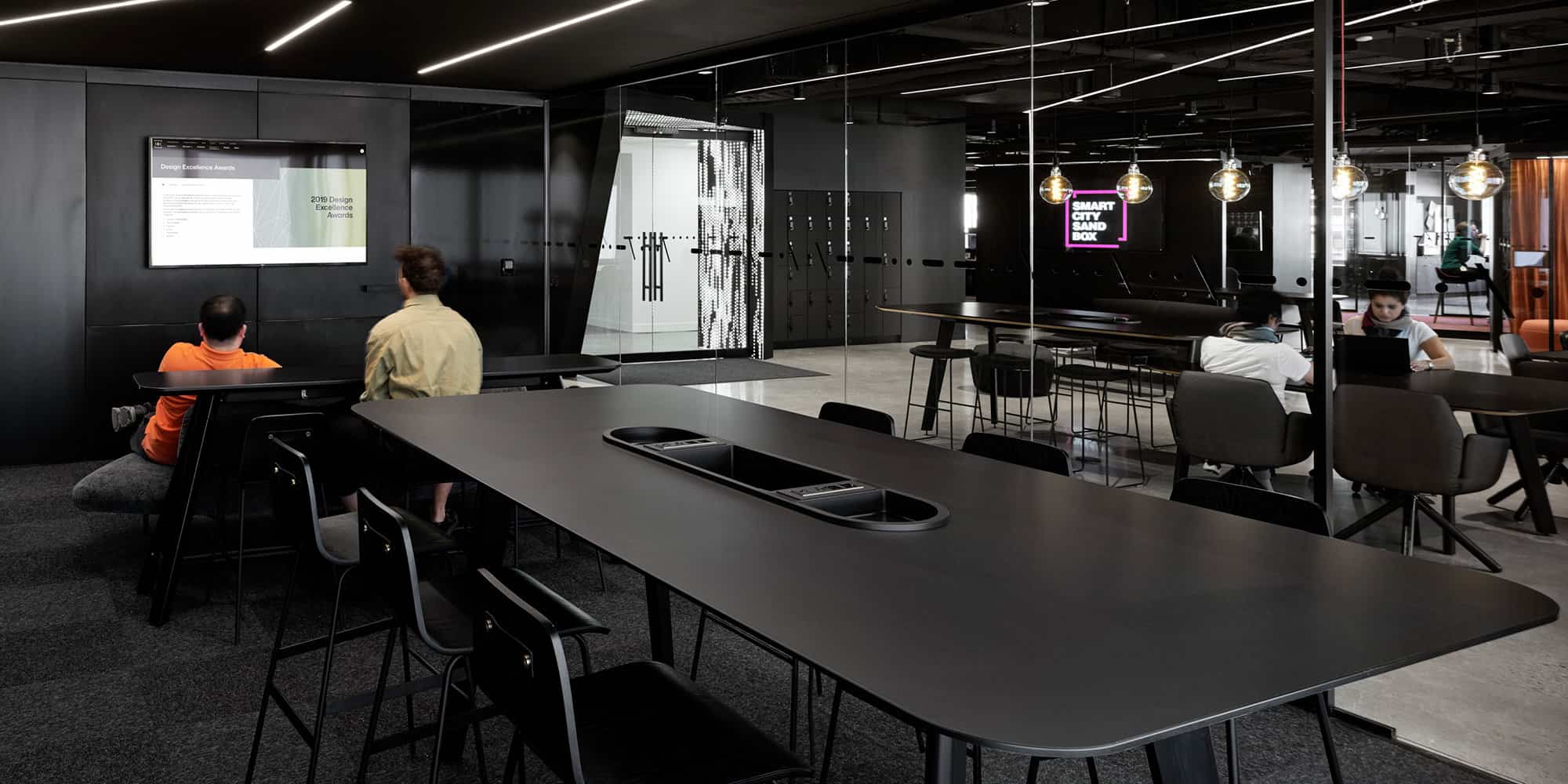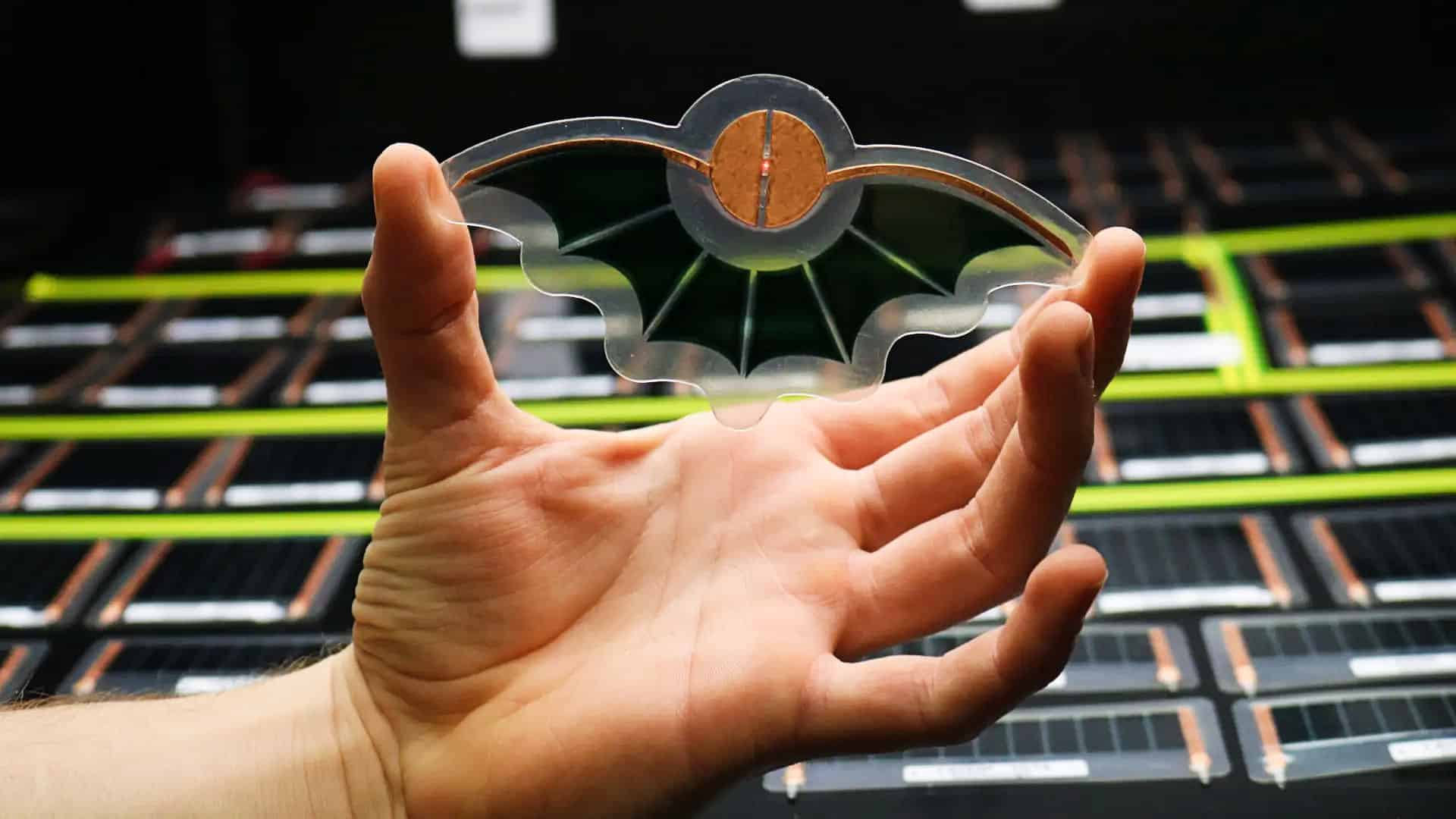Discover how San Antonio’s Smart City initiative, led by administrator Emily Royall, prioritizes community engagement through the SA Sandbox program. Learn how the city addresses the need for hands-on interaction with residents by hosting yearly gatherings where locals and Smart Cities employees discuss and learn about implemented and potential technologies. Explore how the city strategically selects venues, including parks in designated innovation zones and underprivileged neighborhoods identified through the Equity Atlas initiative. Gain insights into the city’s use of innovative tools like “Hello Lamp Post” to gather feedback on community projects, adapting based on user input. Understand how the Smart Cities team addresses privacy concerns and promotes tech-focused community services, such as low-cost connectivity programs and career development opportunities. Explore engaging activities for children, including coding classes, mixed reality games, and drone racing, aimed at fostering a sense of technology ownership and creativity. Learn from Royall’s advice on community partnership and meeting residents where they are to ensure inclusive participation and collaboration.

Bridging Communities: SA Sandbox Fosters Community Engagement in Smart City Initiatives Through Technology Adoption and Equity Atlas Insights
The city was inspired by this realization to start the SA Sandbox, a yearly gathering where locals and Smart Cities employees can learn about and talk about the technologies San Antonio is putting into place or hoping to implement.
Residents could learn about the technology used in bright cities, and we could get their opinions, according to Royall. “We gave hosting these events in common parks priority so that everyone could attend”
Staff at Smart Cities chose parks in three “innovation zones” that the city had designated: downtown, Brooks, a former military base that had been transformed into an expertly planned living and working community, and the northeastern neighborhood of the health center. The team also made the decision to hold a Sandbox event on the south side of the city using data from the Equity Atlas, an initiative Smart Cities created with the planning division to find the most underprivileged communities.
SA Sandbox Drives Community Engagement in Smart City Technology Adoption and Privacy Considerations
According to Royall, the Sandbox is intended to encourage locals to talk about the part technology can play in the neighborhood. For instance, the city tried out “Hello Lamp Post” next year, a modern assistant that can respond to questions from locals about community construction. Staff at Smart Cities wanted to know how user-friendly the tool was.
“This is a tool I’d like to see in my neighborhood” was the majority of the good feedback we received, according to Royall. However, one wheelchair-bound attendee claimed that the QR code users need to scan was excessive high. The city made it lower.
By inviting technology vendors to take part in the Sandbox events, Smart Cities San Antonio was able to allay local concerns about a pilot project for wise streetlights in 2021.
According to Brian Dillard, the city’s general innovation officer, residents had privacy concerns about streetlights that could detect auto accidents and near-misses. When we selected lidar, a technology that develops algorithms that analyze accident data but doesn’t record anything on video, Dillard said,” We took that into consideration.” Residents added that they will have access to the data because they wanted it.
SA Sandbox Drives Tech Adoption and Inclusion via Community Engagement
The Smart Cities team has also used the events to promote tech-focused community services. According to Royall, residents can enroll in a low-cost connectivity program that offers subsidies for online access. Adults can enroll in career programs as well. Residents were being registered for coding classes on-site by Codeup, a community volunteer.
According to Royall, the Sandbox events also provide activities for children between the ages of three and high school so they can see themselves as technology’s creators rather than just users. She stated,” We have coding for children as young as three. They can program robots on the spot,”
Additionally, kids can play mixed reality games and race drones. Magical Park, one of these games, made its debut at a Sandbox event, according to Royall. A young child can play a spatially accurate game after entering the park.
According to Royall, it’s a fantastic way to engage children who aren’t technologically savvy in our public park system. In addition to nbsp, the following are:
For additional cities taking into account similar events, she has two pieces of advice. Second, she stressed how important it is to have the support of community partners. Her staff collaborates with about 25 neighborhood charities.
They take classes in programming and coding, according to Royall. ” We want to house them all under one roof.” They must be ready collaborators for us.
“Meet residents where they are was even more straightforward, she said. It is clear that we intend to do this in open parks. We’re showing up in their neighborhood.”













